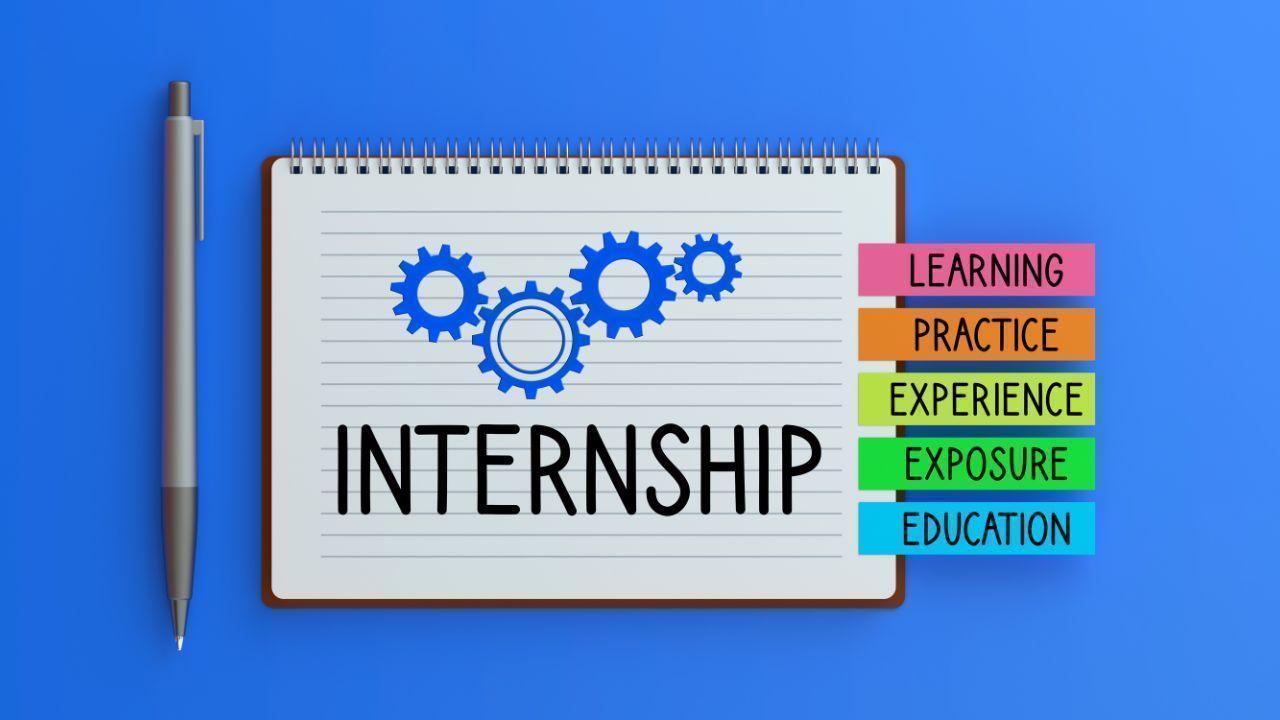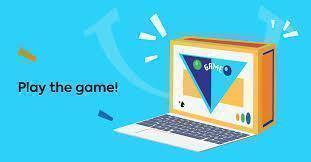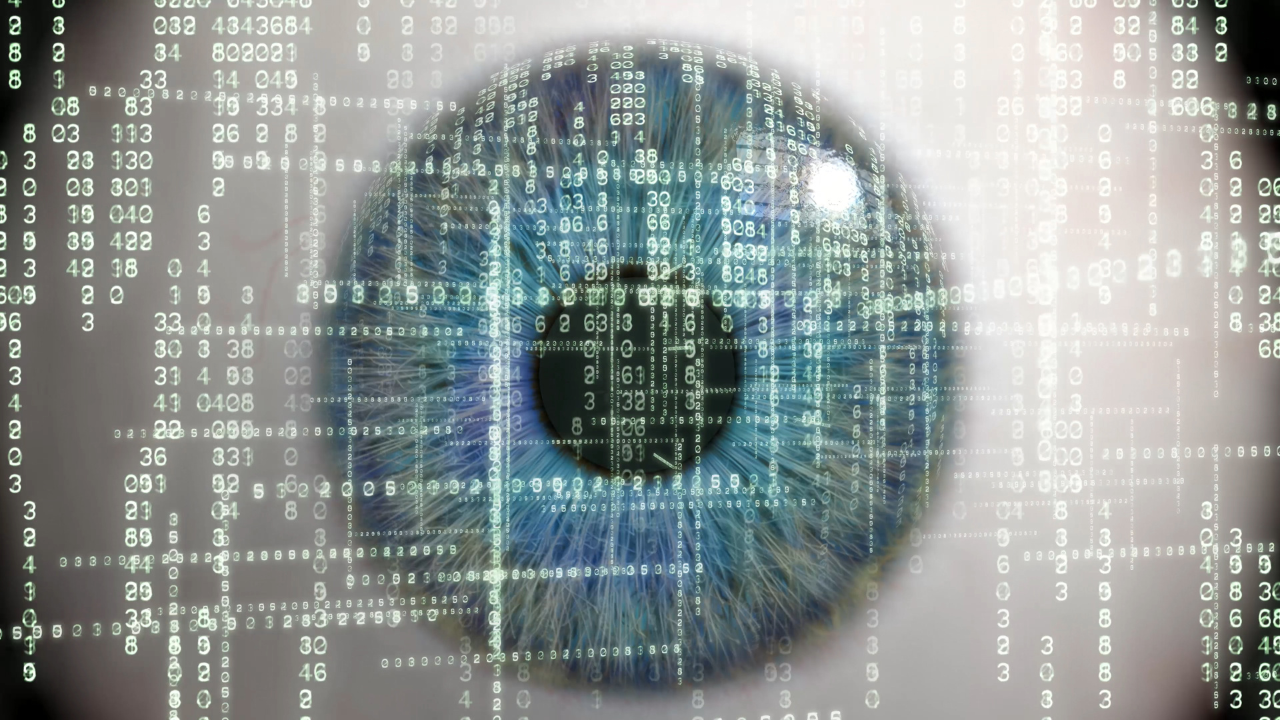



Learning doesn’t have to be boring! In 2025, educators are finding new ways to keep students engaged, and one of the most exciting strategies is gamification. By adding game-like elements to the learning process, teachers can turn everyday lessons into fun, interactive, and motivating experiences.
So, what exactly is gamification in learning? And how can you use it effectively in your classroom or online courses? Let’s explore.
Gamification means applying game elements—like points, badges, leaderboards, challenges, and rewards—to non-game environments such as education. The goal is to make learning more engaging, interactive, and enjoyable, helping students stay motivated and achieve better results.
Gamification grabs attention. When students earn rewards, complete challenges, or compete in a friendly way, they’re more likely to stay focused and involved in lessons.
Games turn passive learners into active participants. Whether it's answering quiz questions or solving puzzles, students take initiative and become more hands-on.
Gamified learning creates a sense of progress. Earning badges, unlocking new levels, or topping a leaderboard gives students a sense of accomplishment and encourages them to keep going.
With gamified elements, students can repeat tasks, correct mistakes, and level up at their own pace. This helps reinforce learning and builds confidence.
Studies show that learners remember better when they’re emotionally and intellectually involved. Games make lessons memorable by adding fun, challenge, and immediate feedback.
Leaderboards and point systems introduce friendly competition, which can push students to perform better while learning from each other.
Gamified systems give immediate responses. Whether a student answers correctly or not, they receive feedback right away, helping them learn faster.
Don’t just add games for fun. Make sure every element—like a quiz or challenge—supports your teaching objectives and enhances learning outcomes.
Use tools and games that are easy to understand and don’t require complex instructions. The focus should stay on learning, not on figuring out how the game works.
Offer meaningful rewards, such as bonus points, extra credit, or recognition. Avoid overusing rewards, as this can reduce intrinsic motivation.
Gamification isn’t only about competition. Include team-based challenges or group quests to promote collaboration and peer learning.
Let students see their progress through dashboards or progress bars. This gives them a clear picture of their learning journey.
Give students the option to choose activities or game paths. This adds a sense of control and increases motivation.
Platforms like Kahoot!, Classcraft, Quizizz, and Duolingo offer built-in gamified learning experiences that are ready to use in classrooms.
Math Quests: Turn math problems into an adventure game with rewards for solving each level.
Spelling Bees with Leaderboards: Display a real-time scoreboard to make spelling challenges more exciting.
History Trivia Challenges: Use platforms like Kahoot! to quiz students in a fast-paced, fun format.
Reading Bingo Boards: Offer rewards for reading different genres or completing a reading challenge.
Gamification in learning isn’t about turning education into a video game—it’s about making learning more dynamic, motivating, and effective. When used correctly, it enhances the learning experience, supports deeper understanding, and helps students reach their full potential.
So go ahead—add some game elements to your next lesson and watch your classroom come alive!
#trending #latest

University Internships That Help You Get a Job After Graduation... Read More.

Is It Smarter to Start at a Community College... Read More.
 Fake posts hit Czech PM Fiala's X
Fake posts hit Czech PM Fiala's X
Fake posts disrupt Czech PM Fiala's X account security
 Switzerland Tightens Export Rules
Switzerland Tightens Export Rules
Switzerland expands export controls on dual-use goods
 Google unveils Ironwood AI chip
Google unveils Ironwood AI chip
Google introduces Ironwood chip to accelerate AI tasks & apps
 TSMC Q1 revenue up 42%
TSMC Q1 revenue up 42%
TSMC sees 42% revenue surge in Q1, surpassing forecasts
 Amazon CEO Outlines AI Vision
Amazon CEO Outlines AI Vision
Amazon CEO reveals AI investment plans in new letter
 Osaka Hosts World Expo 2025
Osaka Hosts World Expo 2025
Japan blends tech and culture at Osaka Expo 2025 launch
 A16z Plans Big Bet on AI Startup
A16z Plans Big Bet on AI Startup
A16z may lead huge round in ex-OpenAI CTO’s new AI firm.
© MyEduGoal. All Rights Reserved. Design by markaziasolutions.com